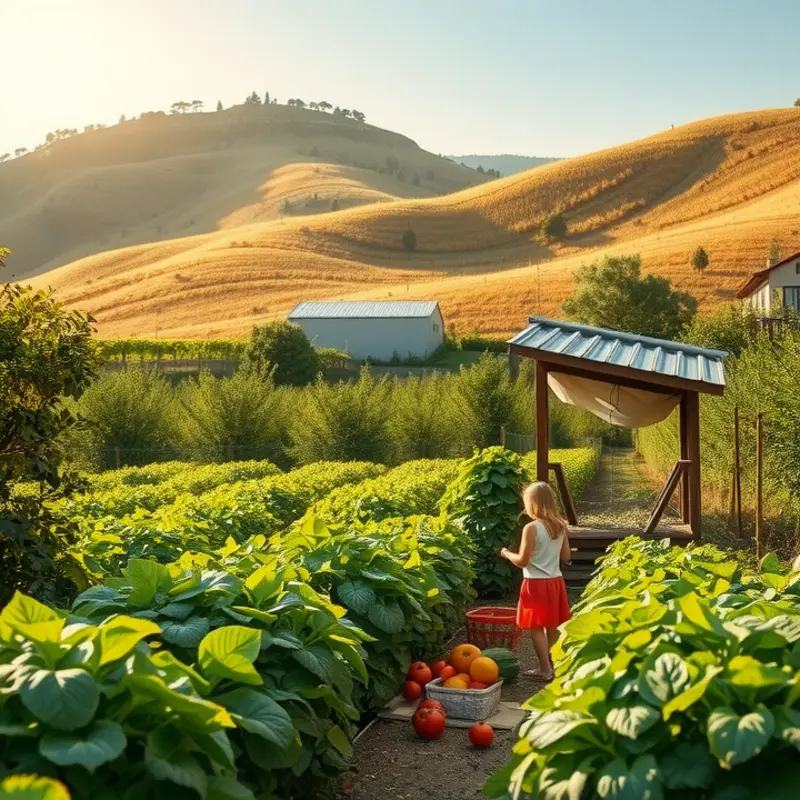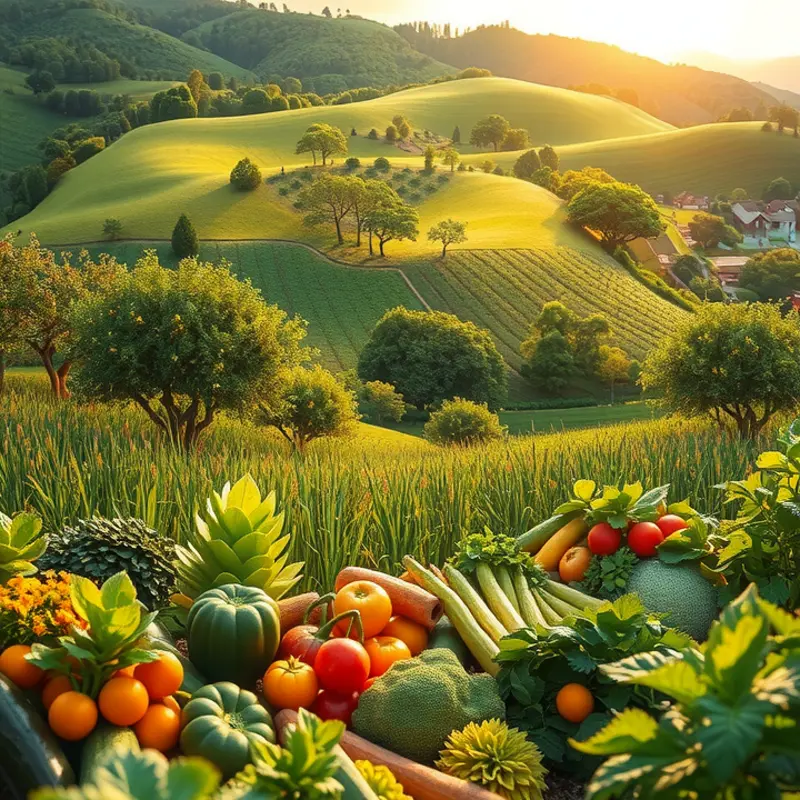Beverages are often the heart of communal gatherings, playing an integral role in cultural traditions worldwide. From fragrant teas in East Asia to the spiced delights of Latin America, each drink embodies stories, customs, and flavors that connect people to their heritage. Whether refreshing, warming, or stimulating, these traditional beverages invite us to explore different cultures through the lens of their unique concoctions. Let’s journey across continents to uncover remarkable drinks that not only quench our thirst but also celebrate the essence of their origins.
Tea Traditions: The Heartbeat of Communities

Tea, with its myriad types and rich history, serves as more than just a beverage; it is the essence of cultural expression and communal bonding. This deep-rooted tradition unfurls layers of social significance and culinary artistry worldwide.
In China, the birthplace of tea, varieties like green, black, white, and oolong embody precision and tradition. Chinese tea ceremonies, emblematic of harmony and respect, reveal the nation’s reverence for this age-old practice. Green tea, known for its delicate flavor and vibrant hue, is revered for its purported health benefits, such as improved brain function and fat loss.
India’s love affair with tea finds its most vivid expression in masala chai. This robust blend marries black tea with spices like cardamom, ginger, and cinnamon. In India’s bustling streets and calming villages, chai transcends mere consumption. It’s a social ritual, a way to pause and connect amidst the cacophony of life.
British afternoon tea, an elegant affair, highlights tea’s role in social gatherings. Accompanied by scones and finger sandwiches, it epitomizes refinement and conviviality. This custom underscores tea as a symbol of hospitality and leisure.
In Japan, matcha, a finely ground green tea powder, plays a central role in traditional tea ceremonies. Its preparation and consumption are deliberate acts of mindfulness. The ceremonial practice, “Chanoyu,” encapsulates the principles of purity, tranquility, and respect.
Morocco’s mint tea, a fragrant infusion of green tea and fresh mint, is synonymous with warmth and generosity. Traditionally served in glasses from an ornate silver teapot, it exemplifies North African hospitality and culinary finesse.
Globally, the flavor palette of tea is as diverse as its traditions. Consider Thailand’s cha yen, a sweet and creamy iced tea, or South Africa’s Rooibos, an earthy, caffeine-free alternative known for its antioxidant properties.
Tea is more than just a comforting drink; it’s lauded for its health benefits, linked to heart health and cancer prevention. This, alongside its socio-cultural significance, underscores tea’s unwavering presence in daily life and celebrations.
With so many ways to enjoy tea, it begs exploration—not only as a drink but also for its role in culinary influences. The interplay between trade and tradition enriches our understanding of global tea cultures, inspired by Culinary Influences.
In conclusion, from the intricate rituals of an ancient Chinese tea ceremony to the humble social gatherings around a pot of Indian chai, tea continues to be a profound bridge connecting numerous cultures and generations together.
Exotic Elixirs: From Spices to Fermentation

Around the world, traditional beverages are more than just drinks; they are cultural expressions interwoven with history and ritual. Take Mexico’s horchata, curiously sweet yet grounded with the earthy essence of cinnamon. This creamy rice-based drink finds its roots in Spanish culinary tradition, evolving into a staple for quenching thirst while satisfying sweetness cravings in the sweltering Mexican sun.
Venture further southeast to Ethiopia, where tej epitomizes the ancient art of honey fermentation, infusing celebrations with its golden hue. Tej’s tangy-sweet profile is perfected in each household using gesho leaves, akin to hops in beer brewing, crafting a testament to Ethiopian hospitality that often accompanies social gatherings and sacred rites.
Fermentation does not merely impart flavor—it enriches experiences. In South Korea, makgeolli is a rustic rice wine connecting rural craftsmanship with modern revelry. Milky and effervescent, makgeolli is a beloved pairing for savory pancakes and sizzling barbecue, its subtle sourness easing spicy bites. The fermentation process of makgeolli is deliberate, requiring a dance of yeast and rice, mirroring traditional Korean culinary patience.
A journey to Eastern Europe introduces kvass, a modest beverage rooted in Ukrainian borscht kitchens. Crafted from rye bread, this low-alcohol drink gains complexity through lactic fermentation. Kvass embodies the essence of sustenance, often flavored with fruits or herbs, weaving itself into meals as a thirst quencher or occasional soup base. The making of kvass is less a commercial venture and more a domestic ritual, echoing familial knowledge passed through generations.
These beverages do more than fill a glass; they fill moments with community. Each sip of horchata, tej, makgeolli, or kvass recalls a narrative of origin intertwined with cultural identity. They elevate mundane instances to sacraments of taste and tradition. Embracing these elixirs invites a sensory exploration of diversity, roots, and the universality of shared flavors across the globe.
For those interested in exploring functional herbs and mood stability, traditional drinks utilizing such ingredients can heighten mental wellness. You might find this topic explored further in functional herbs and mood stability.
Final words
Traditional beverages are not just refreshments; they are the embodiment of cultural identity, history, and community bonding. Each sip tells a story, and each drink is steeped in traditions that have been passed down through generations. Exploring these beverages provides an extraordinary glimpse into the heart of cultures around the globe, encouraging us to appreciate diversity and the art of drink-making. Whether enjoyed during a festive gathering or as part of a solitary moment of reflection, these global drinks offer unique, flavorful journeys that deserve to be savored. So, next time you reach for a drink, consider the culture it represents and the traditions it upholds.








